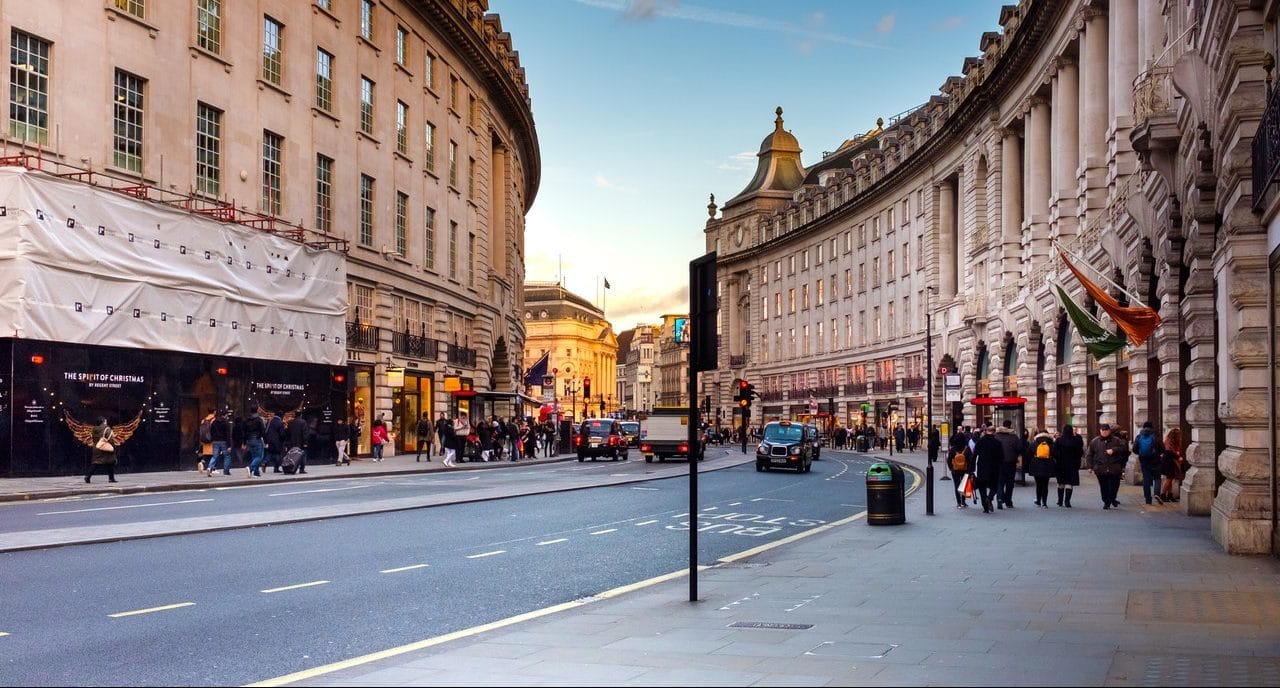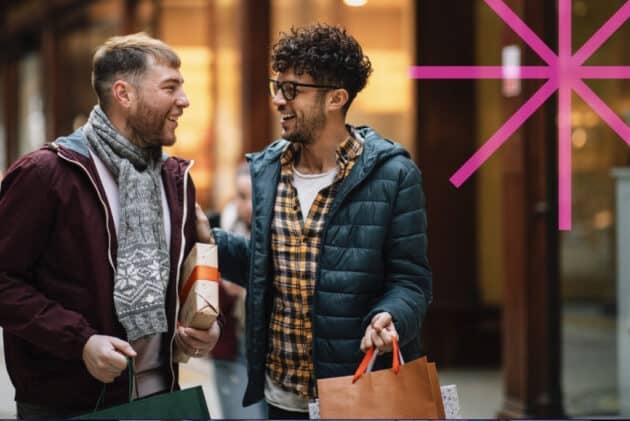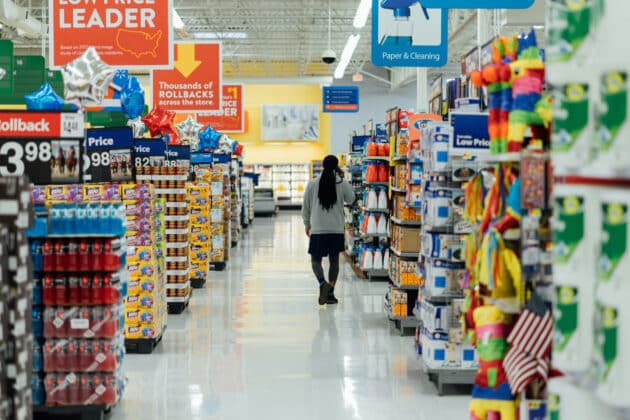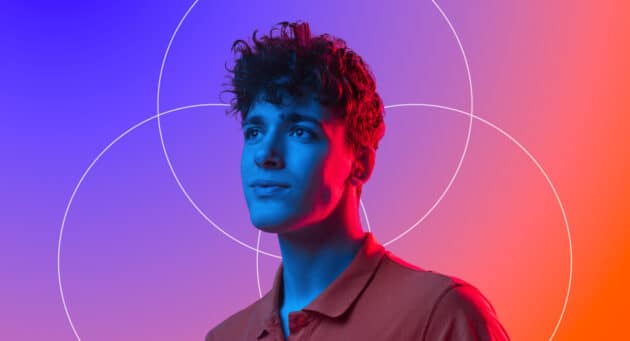A global study of nearly 10,000 shoppers showed that 72% of shoppers prefer to do as much online shopping as possible, and 71% like to try new retail stores. In the UK, omnishoppers spend 13% more online and 31% more offline. As omnishoppers assign nearly equal value to the online and offline experience, it’s clear that changes are afoot in the retail world, and the UK is no exception.
In addition, shoppers in the UK are becoming more and more comfortable with card payments: for the first time card payments are expected to overtake cash payments in 2018
This could mean a significant shift in contactless card payments and the future of shopper’s payment expectations. In addition, with Brexit looming, it’s hard to tell how this will impact the UK market with many predicting chaos and losses in profit to come.
But is it really all doom and gloom?
Reaching the omnishopper seems to have been a priority for companies like Unilever for some time now, with the company looking to build on their direct relationship with the shopper and investing £220 million more in media and in-store in 2017 than 2016. And understandably so, with Unilever’s ecommerce sales nearly doubled to €2bn (£1.7bn) last year, helped in part by acquisitions such as Dollar Shave Club but also by “investments made in building capability”.
In this article we’ll take a closer look at how the UK market is responding to the omnishopper and how retailers can benefit from a similar omnichannel approach. We’ve broken it down into three major areas: IoT, AR and Collaboration.
1. Internet of Things (IoT):
Internet of Things is based on devices and a collaborative network that produces and utilises data to the brand, and ultimately shoppers’, benefit.
For example, L’Oreal revealed their battery-free UV exposure detector wearable earlier this year, due for UK release 2019.
In all likelihood we’ll see more of these gadgets as they continue to play a key part in connecting the shopper to their in-store and online shopping habits, coupled with voice assistants and the rise of voice search.
A smart move here within marketing strategy could be to look to incorporate an IoT approach in line with shoppers’ expectations, depending on the product or service offered.
2. Augmented Reality (AR)
Blurring the lines between brand / online and physical presence through experiential marketing and PR stunts has always been a memorable way to reach shoppers. From Pepsi Max’s interactive VR bus shelter in London back in 2014, to the ever more casual introduction of AR and VR in day-to-day shopping experiences, there’s no denying that AR is crucial to the future of commerce marketing.
Vodafone has teamed up with Mango for digital fitting rooms and Ikea has long since led the way with its AR App. Now the company is taking it a step further with its own YouTube show in which its App helps housemates agree on furniture, hopefully avoiding many a housemate altercation.
AR is no longer the future, it’s already here. AR and AI present fantastic opportunities to expand the retail experience and engage shoppers, and offer a way to add the all-important human, personal connection with customers. Yes, that’s right – we’re talking about adding ‘the human touch’ using machine technology: the importance of the in-store experience ought not to be removed, but instead appreciated and enhanced.
3. Collaboration
Unsurprisingly, collaboration and acquisition is a big focus for brands and retailers so far in 2018. Recently we’ve seen Chanel team up with Farfetch, Next agree to showcase cars in-store with Rockar and Sainsbury feature Argos counters in-store, to name just a few.
Loyalty scheme data can also be a goldmine, if acquired and used in the right way: Sainsbury’s shelled out £60million for Nectar to “take loyalty to the next level”. Giving shoppers the right incentives to be part of a loyalty scheme, specifically one in which they can seek direct rewards and benefits such as Nectar’s ability to provide money-off shops in-store, can go a long way to ensure shopper data is acquired and used in the right way, driving continued loyalty.
Looking to the Future
As target audiences change from being defined as “either an online shopper or an in-store shopper” to “omnishoppers”, as recent findings indicate, could we see the categorisation of retail itself changing?
With pure players such as Missguided and Made.com opening stores, and the aforementioned collaborations, is the concept of “Pure player vs. Bricks and Mortars” retailers dying or already dead?
Marketers must be quick to adapt and focus on making the shopping and customer experience as quick, easy and engaging as possible. The possibilities are endless… you can connect with shoppers in-store, on mobile web, in-app, via social media, video, and during webrooming and showrooming. And you shouldn’t limit yourself: collaborate where needed to achieve your business goals.
It’s time to step away from the doom and gloom and realise the potential.






















